Wisconsin flipped for Trump. Minnesota nearly did. What do their primaries predict for the midterms?
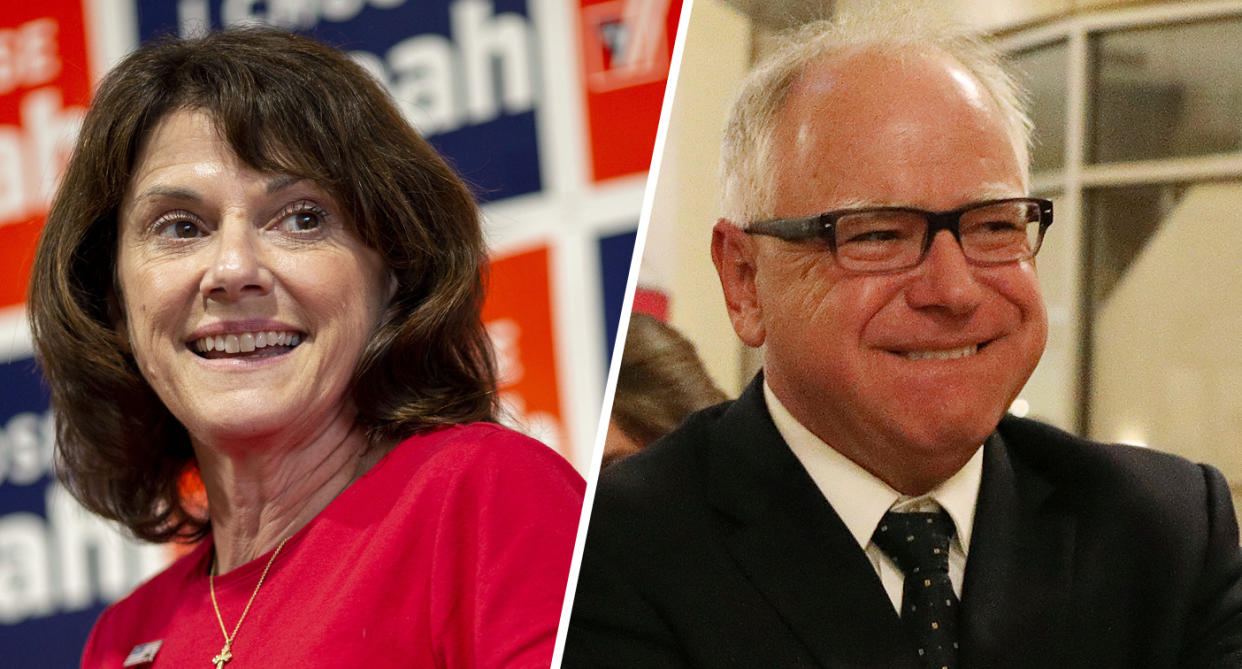


Top Story:
Want to know which direction the country’s going in the Age of Trump? Watch the Upper Midwest.
The results of Tuesday’s primaries in Minnesota and Wisconsin were the latest in a series of revealing soundings from the region — tremors on the electoral Richter scale that help delineate the underlying forces shaping American politics.
First came 2016, when Donald Trump flipped tens of thousands of white working-class Barack Obama voters and, with the benefit of weak Democratic turnout for Hillary Clinton, eked out narrow victories in Michigan and Wisconsin — states that hadn’t voted for a Republican presidential nominee since 1988 and 1984, respectively.
At the same time, Trump also finished a mere 1.5 percentage points behind Clinton in Minnesota, a state that hasn’t gone red since 1972.
Then came 2018. In January, with Trump’s approval rating stuck at a historic low, a Wisconsin Democrat snagged a state Senate seat by attracting the same rural voters who propelled the president into office. In April, Democrats drove up turnout in a typically little-noticed Wisconsin Supreme Court race. Soon, beleaguered House Speaker Paul Ryan, who has struggled to strike a balance between his own old-school conservatism and the GOP’s ascendant Trumpism, was announcing his surprise retirement, setting off a fierce battle for his seat, Wisconsin’s First District, representing the southwestern suburbs of Milwaukee.
Ryan’s would-be replacements, both Republican and Democratic, were on the ballot Tuesday. But they were hardly alone. In the sheer concentration of competitive races, it’s hard to think of a pair of neighboring states that exceed Wisconsin and Minnesota. The latter has four House seats rated as tossups: two currently held by Democrats, two currently held by Republicans. Only California has more. The Senate and governor’s contests are competitive as well. Next door in Wisconsin, a Senate seat, a House seat and the governor’s mansion are all up for grabs. Those numbers alone suggest how much is at stake in November.
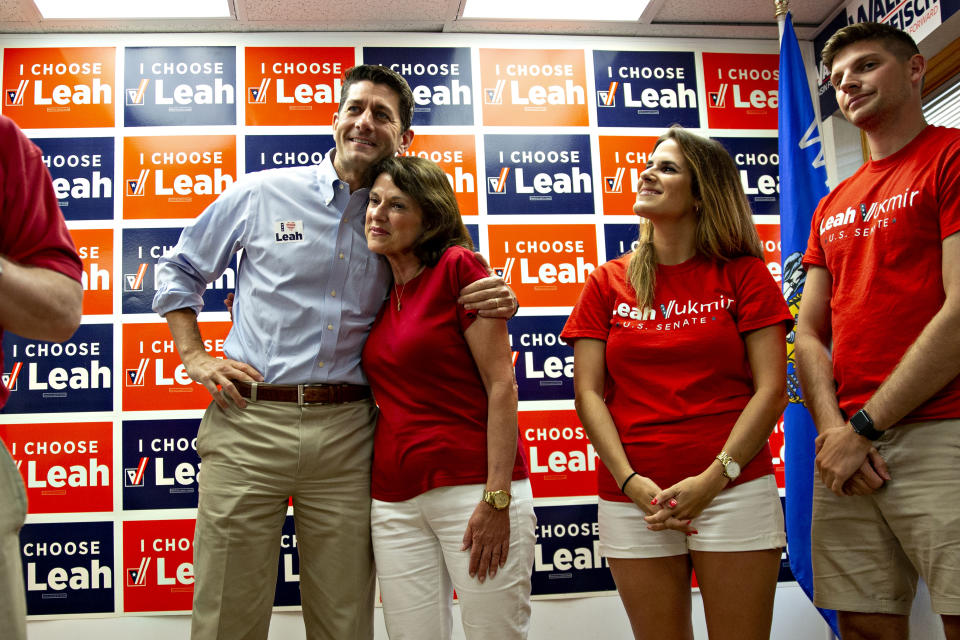
So what do Tuesday’s primary results tell us about where things stand, three months before Election Day?
Let’s start with the GOP. Despite the fact that Trump won Wisconsin and nearly won Minnesota by breaking with Republican orthodoxy and running as populist firebrand, neither state nominated any real Trump clones Tuesday. Instead they tended toward establishment types.
In the day’s marquee (and most expensive) contest — the $12 million battle for the Wisconsin GOP Senate nod — state Sen. Leah Vukmir handily defeated Kevin Nicholson, a former Marine and former Democrat, by 6 percentage points. Vukmir is longtime GOP stalwart and close ally of Gov. Scott Walker, who controls Wisconsin’s Republican Party, and even though Walker didn’t endorse Vukmir directly, his former operatives and family members worked and weighed in on her behalf. Nicholson, buoyed by $8 million from Republican megadonor Dick Uihlein, tried to tar his rival, à la Trump, as a political insider, just like (he said) Democratic incumbent Tammy Baldwin.
The attack fell flat. Vukmir ran up huge margins in the Milwaukee suburbs, which have been the center of Republican power in the Walker era, while Nicholson fell short of Trump’s margins in rural north and west Wisconsin. As a result, the self-styled outsider couldn’t keep up.
Meanwhile, Walker, a past Trump critic, cruised to victory in the GOP gubernatorial primary, as did former Ryan aide Bryan Steil, the speaker’s handpicked successor. Steil opponent Paul Nehlen, a white nationalist who echoed and escalated the president’s rhetoric on trade, immigration and race, finished a distant third.
The story was similar in Minnesota. In the two Republican-held House tossups — Rep. Jason Lewis’s Second District seat, in the Twin Cities’ southern suburbs, and Rep. Erik Paulsen’s neighboring seat in the Third District — the incumbents ran unopposed. As for the two tossups where Democrats aren’t running for reelection, Republicans selected former police officer Pete Stauber (in the Eighth District, which covers Duluth and the Iron Range) and renominated Jim Hagedorn (in Minnesota’s First, a rural district on the state’s southern border).
Both Stauber and Hagedorn have some Trumpian tendencies. Hagedorn has posted a lot of controversial things about women and minorities on the internet; Stauber received Trump’s endorsement on Monday. And the same goes for the winner of the Minnesota GOP gubernatorial primary, former Hennepin County Commissioner Jeff Johnson, who never missed a chance to slam frontrunner and former Gov. Tim Pawlenty for his history of anti-Trump remarks.
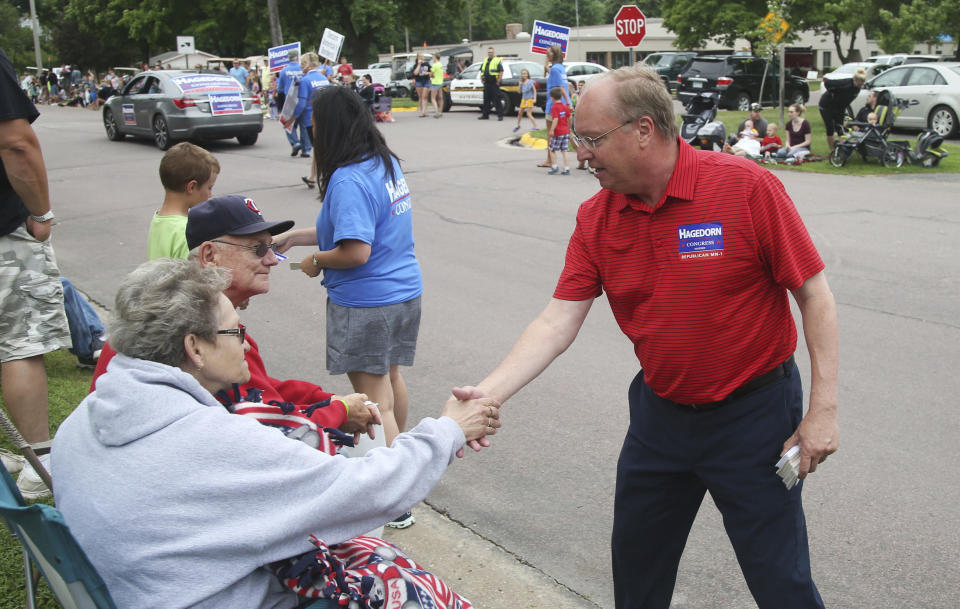
But whether any of these candidates won because of Trump — as many of the post-primary headlines suggest — is far from clear. Hagedorn was the GOP’s First District nominee in 2010, 2014 and 2016. Stauber faced only nominal opposition, winning 90 percent of the vote against a Duluth school board member. And even Johnson, who overcame a serious fundraising and name-ID deficit to torpedo Pawlenty’s comeback bid, wasn’t a pro-Trump purist; in 2016, he backed Marco Rubio for president and called his party’s eventual nominee a “jackass.”
On the Democratic side, a similarly simplistic narrative has emerged in the wake of Tuesday’s vote: that Upper-Midwestern Dems won by running as proud progressives, even though their poor showing in 2016 would seem to call for a shift to the center. In terms of messaging, this is true enough: Rep. Tim Walz, a six-term Minnesota congressman who decided to compete for governor after Trump won his rural First District by 15 percentage points in 2016, no longer ran, as he had in the past, with the backing of the National Rifle Association.
But Walz, who won, remains an establishment-minded moderate, and the other Democrats nominated in Wisconsin and Minnesota’s most competitive races are more like him than, say, Erin Murphy, the pro-single-payer progressive he defeated in Tuesday’s primary. There’s Tony Evers, Wisconsin’s public school superintendent for the past decade, who will challenge Walker for governor in November. There’s former state Rep. Joe Radinovich, the man national Democrats wanted to win in Minnesota’s Eighth District, and Iraq War veteran and former Defense Department official Dan Feehan, the party’s pick in the First District. There’s Sen. Tina Smith, the Minnesota Democrat appointed in January to replace Al Franken. And then there are Sens. Amy Klobuchar of Minnesota and Tammy Baldwin of Wisconsin, both relatively centrist incumbents. The only exception, perhaps, was ironworker Randy Bryce, an economic populist who won the Democratic primary in Ryan’s district.
In other words, Tuesday demonstrated that the type of Republicans and Democrats being nominated in Wisconsin and Minnesota haven’t changed all that much, even if their messaging has become more pro-Trump on the GOP side and somewhat less middle-of-the-road among Democrats.
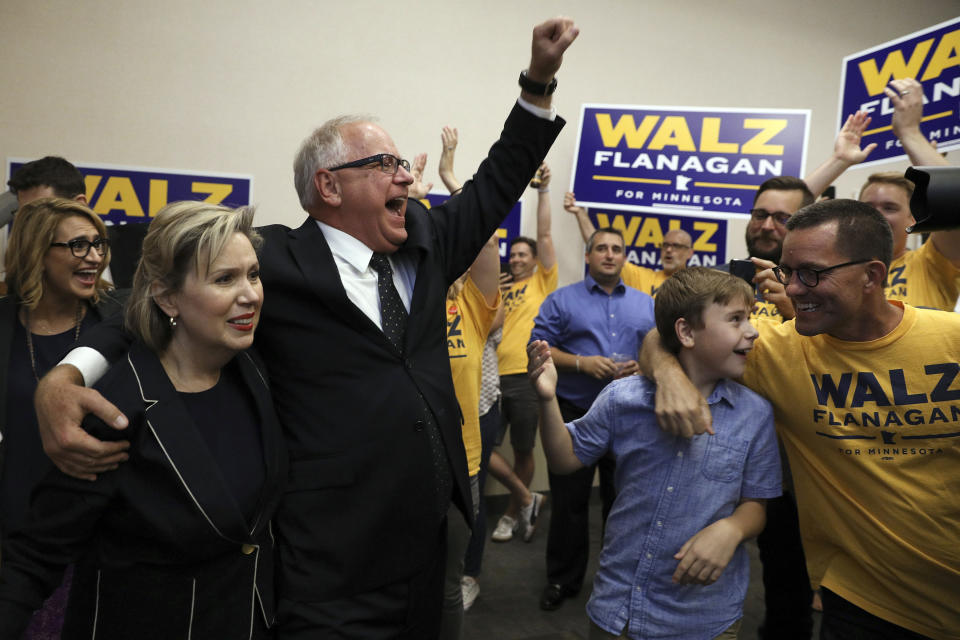
The question for November, then, isn’t whether the candidates have changed. It’s how much the voters themselves have shifted. In 2016, Trump overperformed in the Upper Midwest because he ran up his totals in rural and blue-collar areas with strong labor traditions where Democrats used to compete. Democratic gains in well-educated suburban areas that usually vote Republican weren’t enough to offset this surge, in part because Democratic turnout was down in urban strongholds like Milwaukee, Madison and Minneapolis.
To win in November, Democrats are banking on an anti-Trump backlash: more enthusiasm in the cities, more converts in the suburbs and perhaps closer margins in the outlying areas.
Tuesday’s primaries didn’t offer conclusive evidence that Dems will pull this off on Election Day. But two data points suggest that they’re on the right track.
In Wisconsin, the contested Democratic gubernatorial primary “drew about 20 percent more voters than [the] contested Republican primary for U.S. Senate, even though the GOP race was more competitive and generated far more television advertising,” according to state political expert Craig Gilbert. Especially striking, Gilbert noted, was the fact that the “ultramobilized blue” bastion of Dane County” — including the University of Wisconsin college town of Madison — “produced 40 percent more votes than ever before in a Democratic primary for governor or Senate.”
Meanwhile, in Minnesota, more Democrats than Republicans turned out in every crucial race: governor (+82 percent for Dems); First District (+12 percent for Dems); and Eighth District (+38 percent for Dems).
If those trends keep up, the party could very well reverse its 2016 losses in a region that’s become a bellwether of sorts for how the country as a whole is responding to the rise of Trump.
Verbatim:
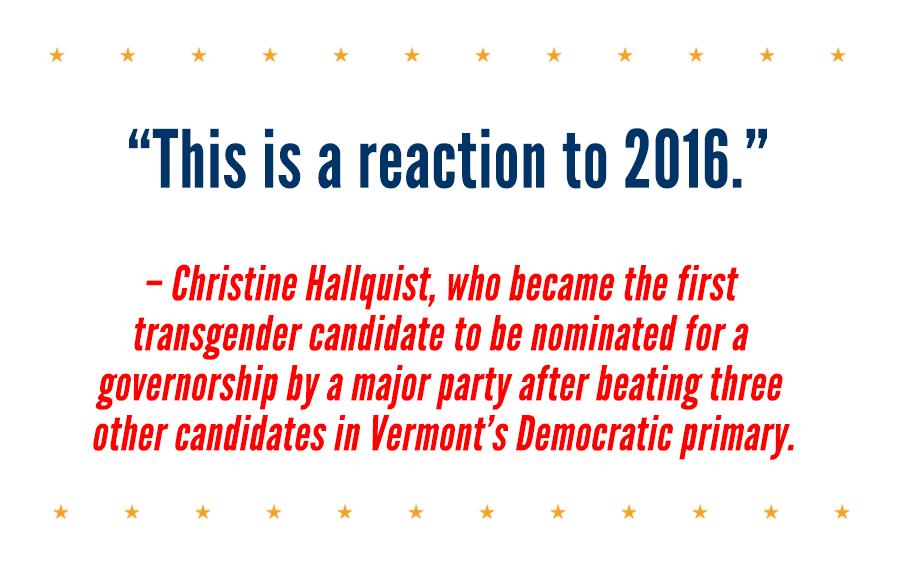
Best of the Rest:
Democratic Diversity: Continuing what’s been a banner year for Democratic female and minority candidates, Tuesday ushered in groundbreaking primary victories for a transgender woman in Vermont, a Muslim woman in Minnesota and an African-American woman in Connecticut.
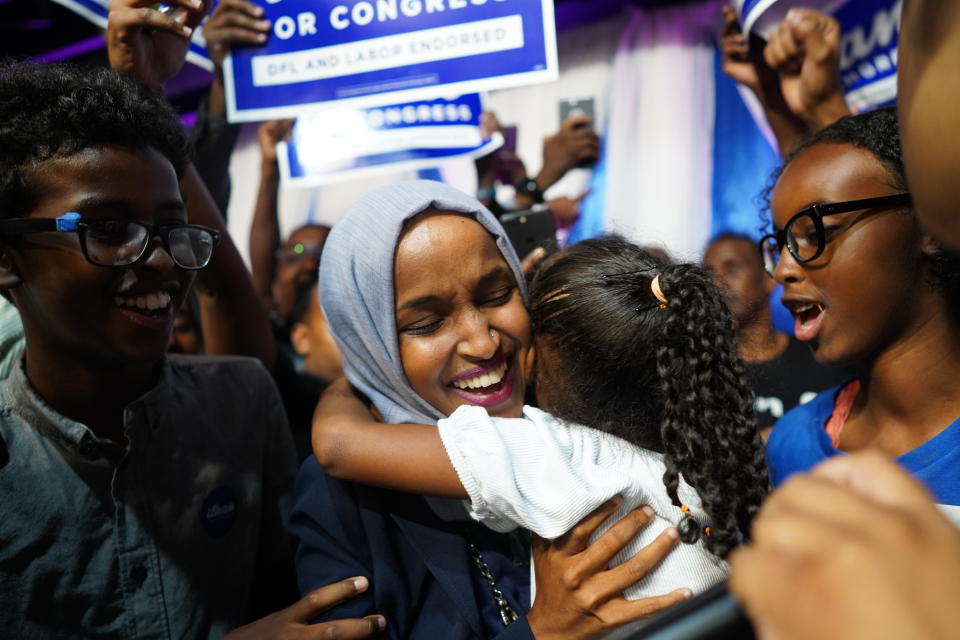
The latter two are almost certain to win in November: Minnesota State Rep. Ilhan Omar, the first Somali-American legislator elected anywhere in the country, is running in the Fifth District, a deep-blue Minneapolis district, while Jahana Hayes, who overcame poverty and a teenage pregnancy to win the 2016 National Teacher of the Year award, is running in Connecticut’s Fifth District, a northwestern district where retiring Rep. Elizabeth Esty defeated her Republican opponent by 16 percentage points in 2016.
The race to watch this fall is the one between Vermont’s Christine Hallquist, a former energy utility executive seeking to become America’s first transgender governor, and incumbent Republican Phil Scott. Until recently, Scott was one of the most popular governors in the country, but his net approval rating plummeted 38 percentage points earlier this year after he signed three gun control bills into law.
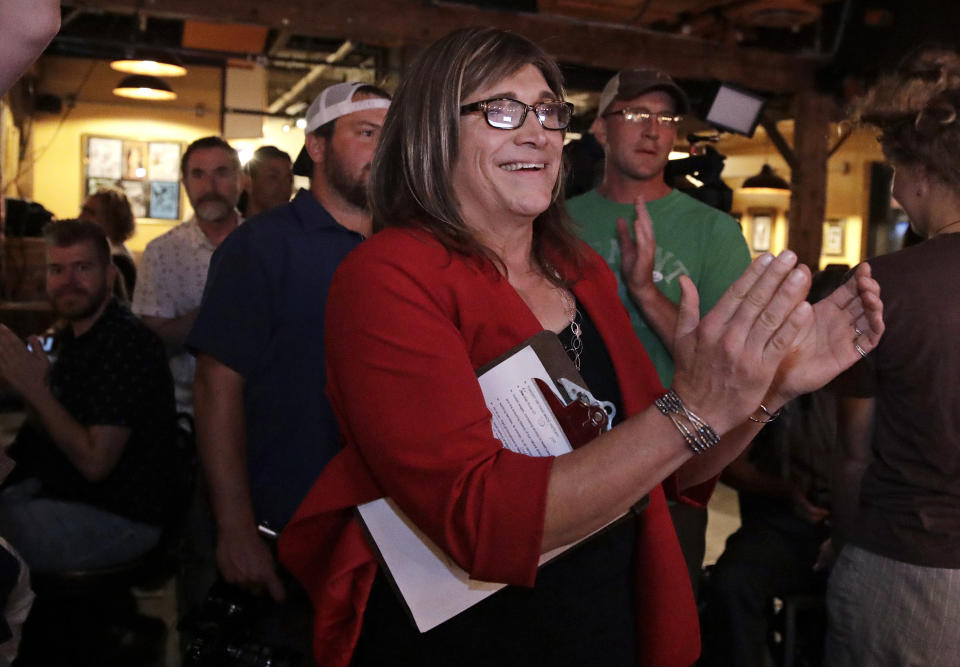
We should note that Scott is still popular among Democrats, and the Republicans who turned against him over guns are unlikely to flock to Hallquist in November. But what remains to be seen is whether the historic nature of Hallquist’s candidacy — and all the attention it is already attracting — is reason enough for Vermont Democrats to vote against a Republican they’re otherwise fairly pleased with. If that kind of scenario can happen anywhere, it’s probably Vermont — the most socially liberal state in the union.
New England Republicans: Have reports of their death been greatly exaggerated? The party’s newly crowned Connecticut gubernatorial nominee Bob Stefanowski will be putting that proposition to the test in November. The former CEO of a global payday loan company, Stefanowski, 56, defeated a crowded field by ignoring Connecticut’s GOP establishment, opting out of the state’s public-financing program and pledging to eliminate its income tax. Like Trump, Stefanowski is a political outsider: For 16 years, he even didn’t bother to vote, and he recently reregistered as a Democrat, only to revert back to Republican last year. He also praised Trump on the trail, inviting the president to campaign with him in Connecticut after claiming “we need more” of his policies in the state.
Stefanowski’s opponent, Ned Lamont, also a wealthy businessman, who famously defeated Sen. Joe Lieberman in the 2006 Democratic primary (Lieberman won reelection as an independent), will, of course, attempt to make hay of the Trump connection in November.

“Connecticut Republican candidates have spent the entire primary pledging their undying loyalty to Donald Trump,” Washington Gov. Jay Inslee, chairman of the Democratic Governors Association, said Tuesday. “Ned Lamont is the only candidate in this race who will stand up to Donald Trump when his policies hurt Connecticut and govern with strong principles that will create a bright future for Connecticut. This November, voters will have a clear choice between Connecticut values and Trump values.”
But two-term Democratic Gov. Dannel Malloy, who is not running for reelection, ranks as the least popular governor in the nation ― even less popular than Trump, according to polls conducted earlier this year. Which means, counterintuitively in what has been a deep-blue state, that Malloy could be an even bigger drag on Lamont than Trump will be on Stefanowski.
Verbatim:

Extremist Watch:
Paul Nehlen, the white nationalist Republican who challenged Paul Ryan in 2016 and ran for his party’s First District nomination again this year in Wisconsin, lost Tuesday’s primary. To be precise, he finished third, about 24,000 votes behind winner Bryan Steil, with 11 percent of the vote.
That’s the good news for the national GOP, which recoiled at the thought of a nominee who has repeatedly put his racism, anti-Semitism, Islamophobia and xenophobia on proud display.
The bad news is that, somehow, Nehlen still got more than 6,600 votes. And he’s not alone. Among the other extremist Republicans who have run for major office this cycle: House candidate John Fitzgerald of California, who recently declared that “everything we’ve been told about the Holocaust is a lie”; Senate candidate Patrick Little of California, who told Newsweek he “admires” Adolf Hitler; and North Carolina state House candidate Russell Walker, who opines on his campaign website about the “superiority” of white people and claims there is “no such thing as equality.”
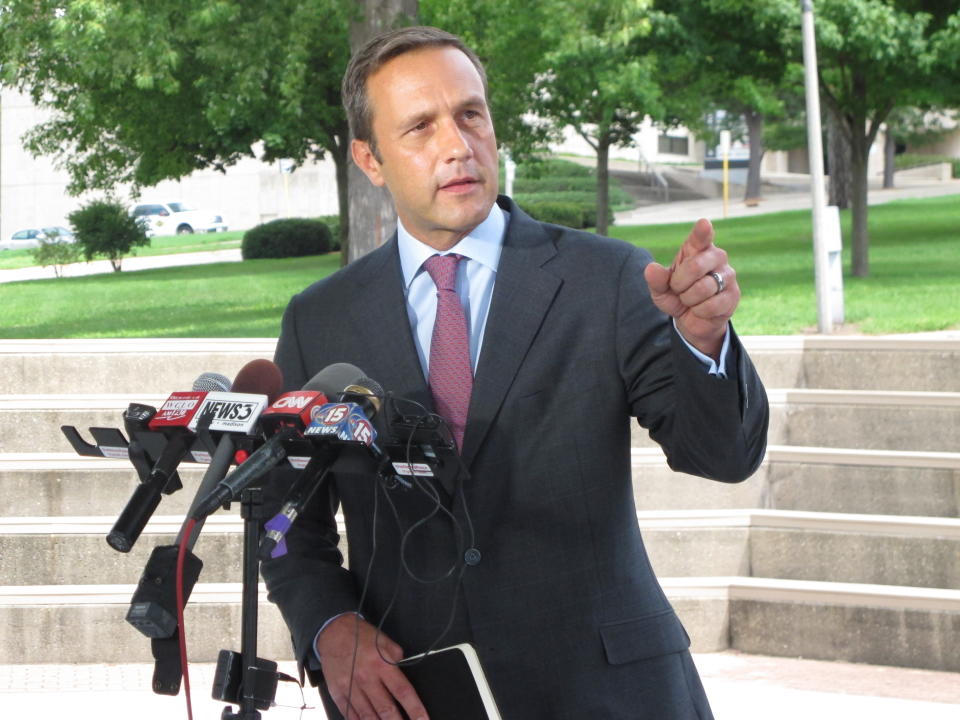
Like Nehlen, all of these candidates have been denounced and disowned by the GOP, and none have won their party’s nomination. But others have slipped through the cracks.
In Illinois’s Third District, in the Chicago suburbs, Republicans recently nominated Arthur Jones, an avowed member of the American Nazi Party who denies the Holocaust and sympathizes with the Ku Klux Klan.
In New Jersey’s Second District, which covers the southern end of the state, Republicans recently nominated Atlantic City attorney Seth Grossman, who has called Islam a “cancer,” compared Muslims to Nazis, characterized Kwanzaa as “a phony holiday invented in 1960s by black racists to weaken and divide Americans, wrote a Facebook post that said black children “will murder our children,” and linked approvingly to an article at a white nationalist website that argued African-Americans “are a threat to all who cross their paths, black and non-black alike.” (The Republican Party later withdrew its endorsement.)
In Illinois’s 17th District, Republicans nominated conspiracy theorist Bill Fawell, who ran unopposed. Fawell claims 9/11 was an “obvious false flag attack whose work was farmed out to Israel’s Mossad by elements high up in our government,” according to reporting by CNN and Media Matters, and has promoted a range of conspiracy theories regarding “Pizzagate” and recent mass shootings.
And just last week, Republicans in Missouri’s State House District 15 nominated Steve West, who takes to the radio every Monday to “promote fanatical conspiracy theories about ‘Jewish cabals’ that are ‘harvesting baby parts’ through Planned Parenthood, that torture and molest children and that run the GOP.”
“Looking back in history, unfortunately, Hitler was right about what was taking place in Germany — and who was behind it,” West said on Jan. 23, 2017.
West won his primary with 49 percent of the vote — 25 points more than his closest opponent.
According to the Anti-Defamation League, “a record number” of “right-wing extremists and outspoken bigots” are “running for office this year,” and “enjoying more exposure today than at any time in recent history.”
Up Next:
Aug. 21: Alaska and Wyoming primaries
Aug. 28: Arizona and Florida primaries; Oklahoma primaries runoff

_____
Read more from Yahoo News:
